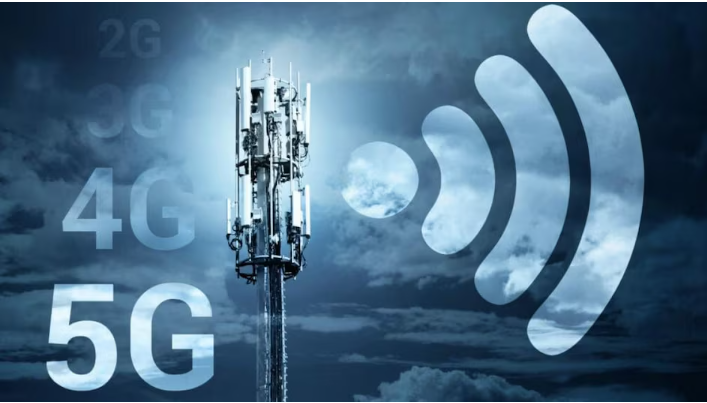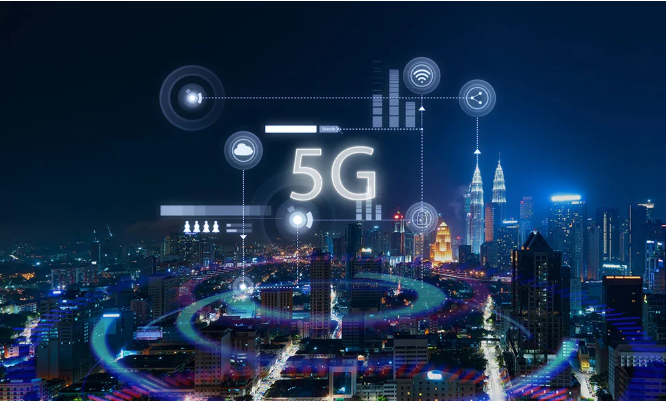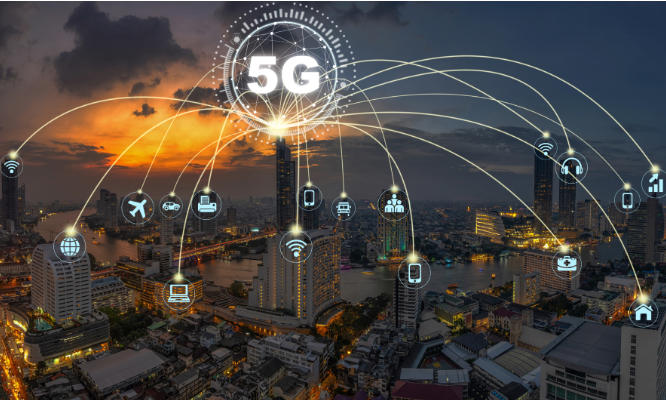The evolution of mobile networks has brought us to the era of 5G Connectivity—a technology that promises ultra-fast speeds, low latency, and a revolution in how we use devices. It’s not just an upgrade; it’s a complete transformation of how data flows across the globe.
From streaming 4K videos without buffering to enabling remote surgeries and self-driving cars, 5G Connectivity is more than just faster internet—it’s the foundation for the next generation of innovation. Whether you’re a casual smartphone user or a business owner in tech, this breakthrough is shaping your digital future.
Table of Contents
Toggle🚀 What Is 5G Connectivity?
5G Connectivity refers to the fifth generation of wireless technology. It follows the path of 1G, 2G, 3G, and 4G but leaps far ahead in terms of speed, bandwidth, and reliability. While 4G allowed smooth video calls and streaming, 5G takes things further with data speeds of up to 10 Gbps, ultra-low latency, and the ability to connect millions of devices per square kilometer.
It’s like upgrading from a regular road to a ten-lane expressway—where traffic moves faster, smoother, and without interruptions.
📊 Key Features of 5G Connectivity
- High Speed: 10x faster than 4G
- Low Latency: As low as 1 millisecond, crucial for real-time tasks
- Massive Device Connectivity: Ideal for smart cities, IoT, and connected devices
- Better Efficiency: Reduced energy consumption and improved network management
- Enhanced Capacity: Handles more data at once, reducing network congestion

🌐 Real-World Applications of 5G
1. Smart Cities: 5G enables real-time traffic monitoring, smart lighting, and connected infrastructure.
2. Healthcare: Supports remote surgeries, virtual consultations, and real-time health data sharing.
3. Autonomous Vehicles: Fast response times and consistent connectivity help self-driving cars navigate safely.
4. Virtual Reality (VR) and Augmented Reality (AR): Seamless gaming, training, and education experiences.
5. Industrial Automation: Robots, drones, and machines connected in real time for faster and safer production.
🛠 Challenges of 5G Implementation
Despite its benefits, 5G Connectivity faces several hurdles:
- Infrastructure Costs: Building a 5G network requires huge investments in towers, antennas, and fiber connections.
- Limited Coverage: 5G signals (especially mmWave) have a shorter range and don’t penetrate walls well.
- Device Compatibility: Not all devices are 5G-ready. Upgrades are needed for full benefit.
- Health Concerns: Some people fear radiation exposure, though scientific studies have not confirmed risks.
- Global Inequality: While some countries are rapidly deploying 5G, others lag behind.
Read also:-Best Laptops for College Students
🧠 LSI Keywords Used Naturally
- high-speed internet
- next-gen wireless networks
- 5G vs 4G
- ultra-low latency
- smart device connectivity
- IoT networks
- mobile network evolution
❓ Frequently Asked Questions (FAQ)

Q1: Is 5G available everywhere?
No, 5G rollout is still in progress. Major cities in many countries have access, but rural areas may not.
Q2: Will I need a new phone for 5G?
Yes. Only 5G-enabled smartphones can connect to the 5G network.
Q3: Does 5G drain battery faster?
Some early devices experienced higher battery usage, but new chips are improving efficiency.
Q4: Is 5G safe for health?
Current research shows no confirmed health risks from 5G radiation. It uses radio frequencies similar to 4G.
Q5: Can 5G replace Wi-Fi?
Not entirely. Wi-Fi will still be essential for home and office environments, but 5G may reduce dependence.
📱 Final Thoughts
5G Connectivity isn’t just a buzzword—it’s a global shift in how we access and use data. As it continues to roll out, it will change industries, improve our daily lives, and open the door to innovations we can’t even imagine yet.
Whether you’re watching movies, gaming online, or operating machines remotely, 5G will make it faster, smoother, and smarter. The future is connected—and 5G is leading the charge.







